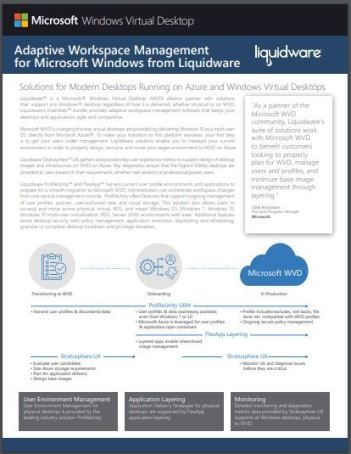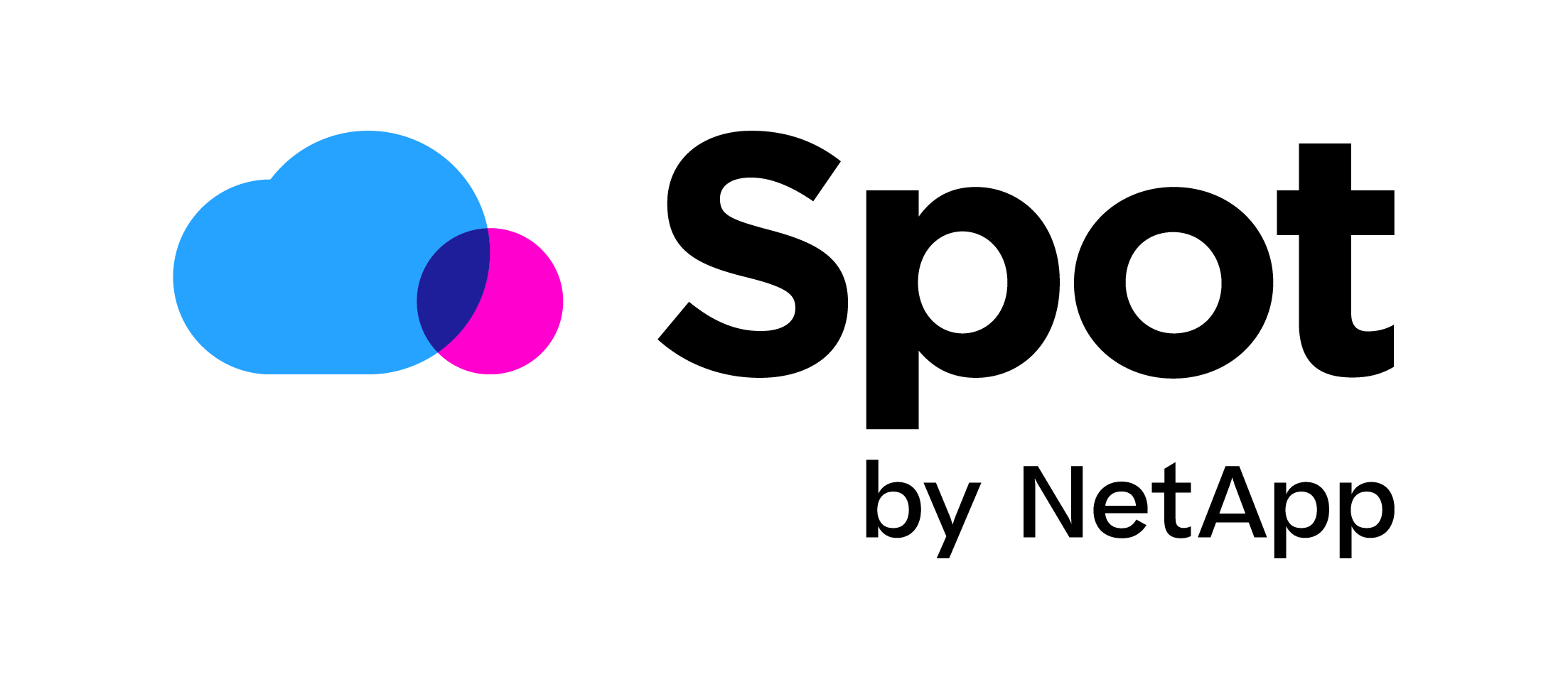Why you should use Liquidware and WVD together
![]() Liquidware is one of the partners of Microsoft on the Windows Virtual Desktop (WVD) solution. But WVD already comes with a profile solution. So, what are the benefits of using Liquidware Essentials with WVD? Well, there are a lot of benefits and in this blog, we will go over them.
Liquidware is one of the partners of Microsoft on the Windows Virtual Desktop (WVD) solution. But WVD already comes with a profile solution. So, what are the benefits of using Liquidware Essentials with WVD? Well, there are a lot of benefits and in this blog, we will go over them.
ProfileUnity
Liquidware ProfileUnity is not only a profile solution, it’s also a full blown UEM (User Environment Manager). You can context aware manage the start menu, printers, policies, registries etc. So, if you’re thinking about giving your WVD users a full desktop then you need to manage this desktop and ProfileUnity is a great choice to do this. By default, managing things like printers, start menu and network drives must be done with Group Policies for WVD. If you have ever worked with an UEM product, using the group policies again feels like a trip back in time. But ProfileUnity can not only help you with the UEM but also the profile. Of course, WVD comes with its own FSLogix profile solution but did you know you can combine these profiles with ProfileUnity? By combining Portability Settings from ProfileUnity and FSLogix profiles, you get the best of both worlds. The profiles are fast and compatible with Office 365 like a normal Microsoft FSLogix profile. But with the portability engine from ProfileUnity they are now also cross OS compatible. And you can backup and restore the profile more granular and easier. A Microsoft FSLogix profile is threaded by Windows as a local profile and can easily get corrupted. The solution normally is to just delete the complete profile disk and the user has to start completely over again losing all settings. With ProfileUnity all the application settings can be saved, backed-up and restored easily to the FSLogix profile container or a ProfileUnity ProfileDisk. So, it makes sure the user signs back in with a new profile but not losing their settings. ProfileUnity also supports Azure storage (and Amazon/Google/Nutanix) so you can back up your profiles onsite and/or to your cloud of choice.
Read the full solutions brief of Microsoft and Liquidware partnership here:
FlexApps
Liquidware FlexApp is one of the market leaders in application layering technology. And their layering technology is compatible with WVD. This means that you don’t have to make a big bulky WVD image with the OS and all applications in it. You can separate the OS images from the applications. Just make a layer for every application. This also means that if you must update an application you just update the one application layer and do not have to create a completely new image with the OS which requires extensive testing. In an upcoming release of FlexApp you will also be able to easily create an app layer from an App-V or MSIX and hide applications that are installed locally completely. If you plan to use WVD in multi-user mode FlexApp’s Session Isolation technology will only be shown to the users that have access, even though they are logged in to the same machine.
“As a partner of the Microsoft WVD community, Liquidware’s suite of solutions work with Microsoft WVD to benefit customers looking to properly plan for WVD, manage users and profiles ,and minimize base image management through layering” – Clark Nicholson | Principal Program Manager | Microsoft
Stratusphere UX
Stratusphere UX is a great performance monitoring and user experience solution which also supports WVD. Other use cases for Stratuspehre include assessing your current desktop enterprise to idenfify Microsoft WVD candidates, performing an application assessment, and it can be used to help size your new environment accordingly. Stratusphere is domain independent so you can easily plan and scale your new deployment and inventories your current deployment, whether it’s WVD, On-Premise or BYOD devices. Read about deploying the StratusphereUX agent with Microsoft Intune here: https://blog.liquidware.com/2019/04/25/deploying-stratusphere-ux-connector-id-key-with-intune/
Because this is the first time that we are going to use Windows 10 Multi-User there are no pre-defined numbers available on how the environment will perform. So, you need to figure this out for your new environment. And Stratusphere UX makes this really easy, you can read how to setup Stratusphere and start monitoring performance here. Recently I wrote a blog about using the Stratusphere API to automate actions like scaling with WVD PowerShell with the information from Stratusphere. Read about it here, the blog includes example scripts.
Read more about the Liquidware essentials bundle here.
I hope this was informative. For questions or comments you can always give a reaction in the comment section or contact me:





